Science news in brief: From a deep-space mystery to the longest creature in the ocean
And other stories from around the world
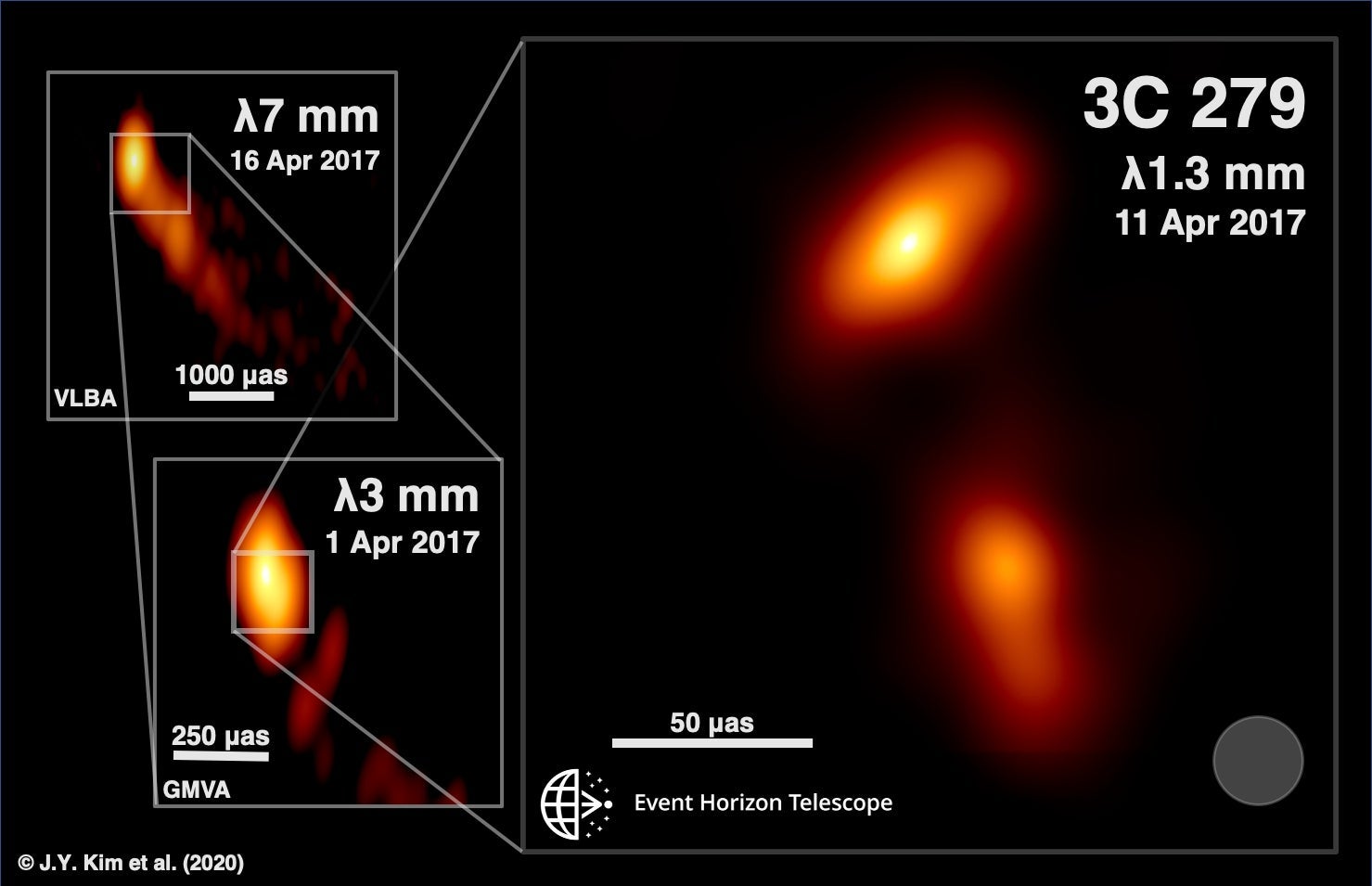
Your support helps us to tell the story
From reproductive rights to climate change to Big Tech, The Independent is on the ground when the story is developing. Whether it's investigating the financials of Elon Musk's pro-Trump PAC or producing our latest documentary, 'The A Word', which shines a light on the American women fighting for reproductive rights, we know how important it is to parse out the facts from the messaging.
At such a critical moment in US history, we need reporters on the ground. Your donation allows us to keep sending journalists to speak to both sides of the story.
The Independent is trusted by Americans across the entire political spectrum. And unlike many other quality news outlets, we choose not to lock Americans out of our reporting and analysis with paywalls. We believe quality journalism should be available to everyone, paid for by those who can afford it.
Your support makes all the difference.Blowtorch of the gods captured by black hole image makers
Astronomers say that they have seen a black hole spitting fire from the heart of a distant quasar for the first time. The study, by the same team that produced the first image of a black hole last year, illuminates the workings of one of the mysterious fountains of energy that are dotted around deepest space and have tantalised astronomers with their ferocious energies ever since they were discovered more than 50 years ago.
Resolved in stunning detail from a distance of 5 billion light-years, this blowtorch of the gods appears as a bent flame 60 light-years long, shooting downward from a bright central blob of unholy energy that might be the black hole itself.
The image has been obtained using data from the Event Horizon Telescope, a globe-girdling network of radio telescopes. A year ago the Event Horizon collaboration thrilled the world by producing the first image of a black hole – a chute into eternity fringed by a fiery doughnut of doom at the centre of the giant galaxy Messier 87 in Virgo, one of the great belching cosmic monsters. Using a technique called very long baseline interferometry, the telescope achieves the resolving power of one the size of Earth.
The new work, led by Jae-Young Kim of the Max Planck Institute for Radio Astronomy, is published in the journal Astronomy and Astrophysics. He and his colleagues say their new images, based on observations completed in April 2017, will shed additional light on how such beasts marshal their energies and light up the universe.
Quasars have tantalised and tortured astronomers since they were discovered in the early 1960s as dots of light far, far away pouring out baffling amounts of energy into space. Gradually, a model of quasars and energetic galactic nuclei has evolved: supermassive black holes, feeding on interstellar gas, dust and anything else that comes near, become surrounded by disks of doomed gas. These accretion disks then squeeze energy and particles out their poles like toothpaste from a tube, at nearly the speed of light.
This scenario was brilliantly affirmed a year ago when the Event Horizon Telescope was able to see the accretion disk around the M87 black hole, framing a cosmic pothole in space. That galaxy also has a long jet shooting from its black hole. But Earth is about 50 million light-years from the galaxy, too close to be able to take in the jet, says Sheperd Doeleman, director of the Event Horizon Telescope collaboration.
The galaxy in the new study, 3C 279, is 5 billion light-years away. Also in the direction of Virgo, it is thought to be powered by a black hole about 800 million times more massive than the sun.
Doeleman’s team observed the quasar for four nights in April 2017 as they were calibrating their telescope to get ready for M87.
Kim’s group has now reprocessed the observations from those four nights. In addition, the group used two other sets of radio telescopes at different frequencies and different resolutions on other days. They did this to study the structure of the quasar’s jet and zoom in on its source – like opening a set of Matryoshka dolls, in Kim’s words.
As viewed from afar at the lowest magnification, the jet bends down from a bright spot at the top of the frame, which corresponds to the centre of the quasar, where the black hole is presumably working its grinding magic. Seen closer up, the jet decomposes into a series of blobs or hot spots shooting out. They form a line that bends slightly.
Under the highest magnification, the viewer is left with two blobs – one at the top of the image, which is the source of the jet, and the lower feature, which is one of the jet’s outbursts of energy. The source of the jet looks like a bar turned sideways, nearly perpendicular to the direction of the blowtorch.
That, Kim says, is a surprise, because they found this unexpected, perpendicular form where they expected to find only the source of the jet.
“This is like finding a very different shape by opening the smallest Matryoshka doll,” he says.
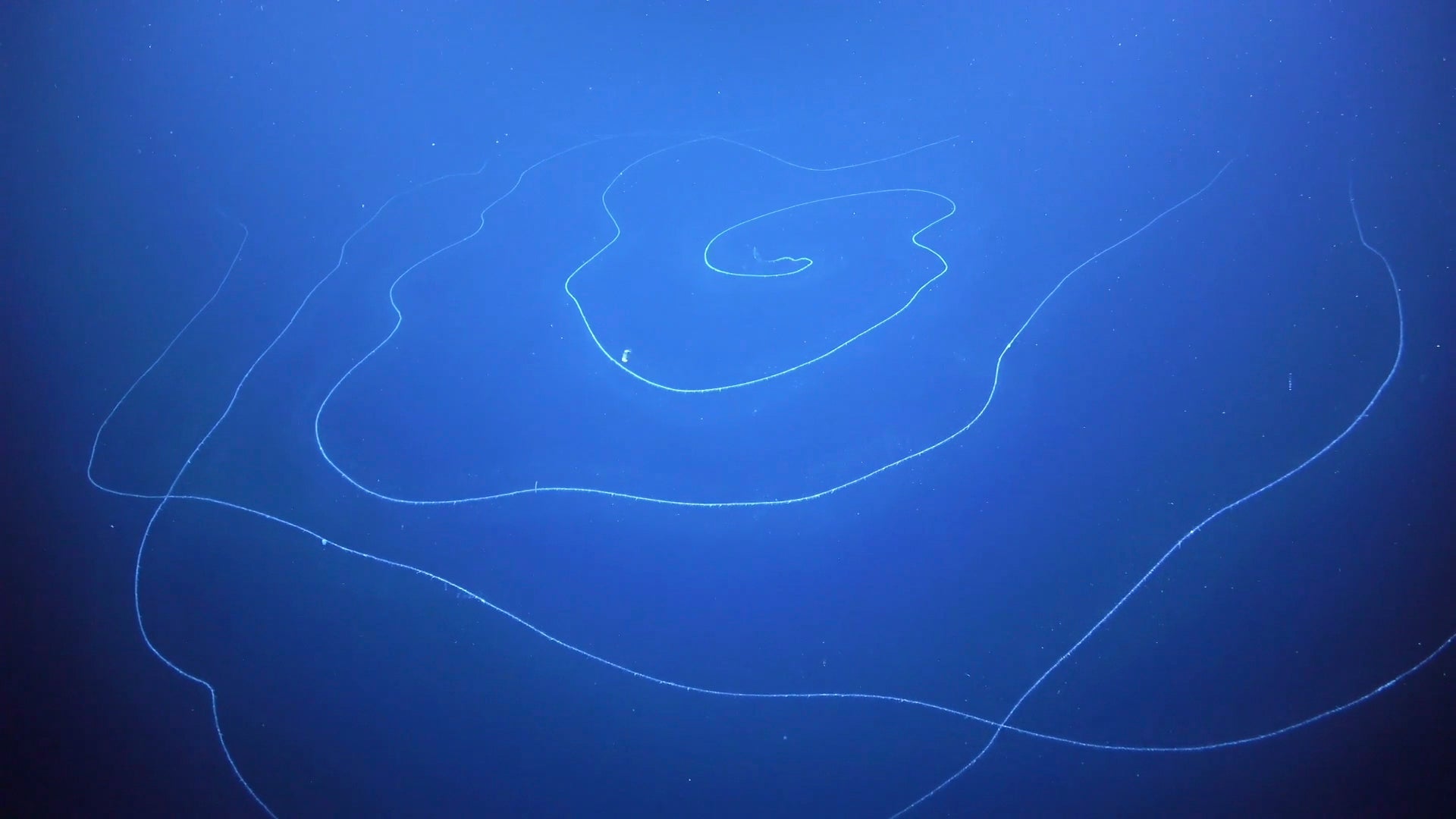
This might be the longest creature ever seen in the ocean
Nerida Wilson couldn’t take her eyes off the computer screen. Some 2,000ft beneath the research boat she was aboard, a creature drifted past in the shape of a vast, galactic swirl. By her team’s estimates, it was 150ft long.
“It looked like an incredible UFO,” says Wilson, a senior research scientist at the Western Australian Museum.
She and her colleagues documented this organism with the help of SuBastian, a remotely piloted deep-sea robot, during a March expedition on the Falkor, a research vessel operated by the Schmidt Ocean Institute. Their mission is to understand what lives in the deep waters off Australia’s western edge. And the coiling stringy mass they have just found is a siphonophore, the first spotted off Western Australia and potentially the longest organism in the sea.
The longest previously known marine creature is the lion’s mane jellyfish – its tentacles can be up to 120ft long. By comparison, blue whales, while the most massive creatures ever to have lived, are nearly 100ft long.
Each siphonophore is a colony of individual zooids, clusters of cells that clone themselves thousands of times to produce an extended, string-like body. While some of her colleagues compare the siphonophore to silly string, Wilson says the organism is much more organised than that.
The team aboard the Falkor captured 181 hours of footage during its trip, including the images of the spiralling siphonophore. The SuBastian also brought back samples of deep-sea creatures living in Australian waters nearly 15,000ft down, in Cape Range and Cloates Canyons.
“What’s fascinating about this particular part of the world is that it has not been explored,” says Jyotika Virmani, executive director of the Schmidt Ocean Institute. “Any time people go down into the deep sea, it’s so vast and yet so unexplored that it’s very easy to make new discoveries and to see something we’ve never seen before. It is like being on a new planet.”
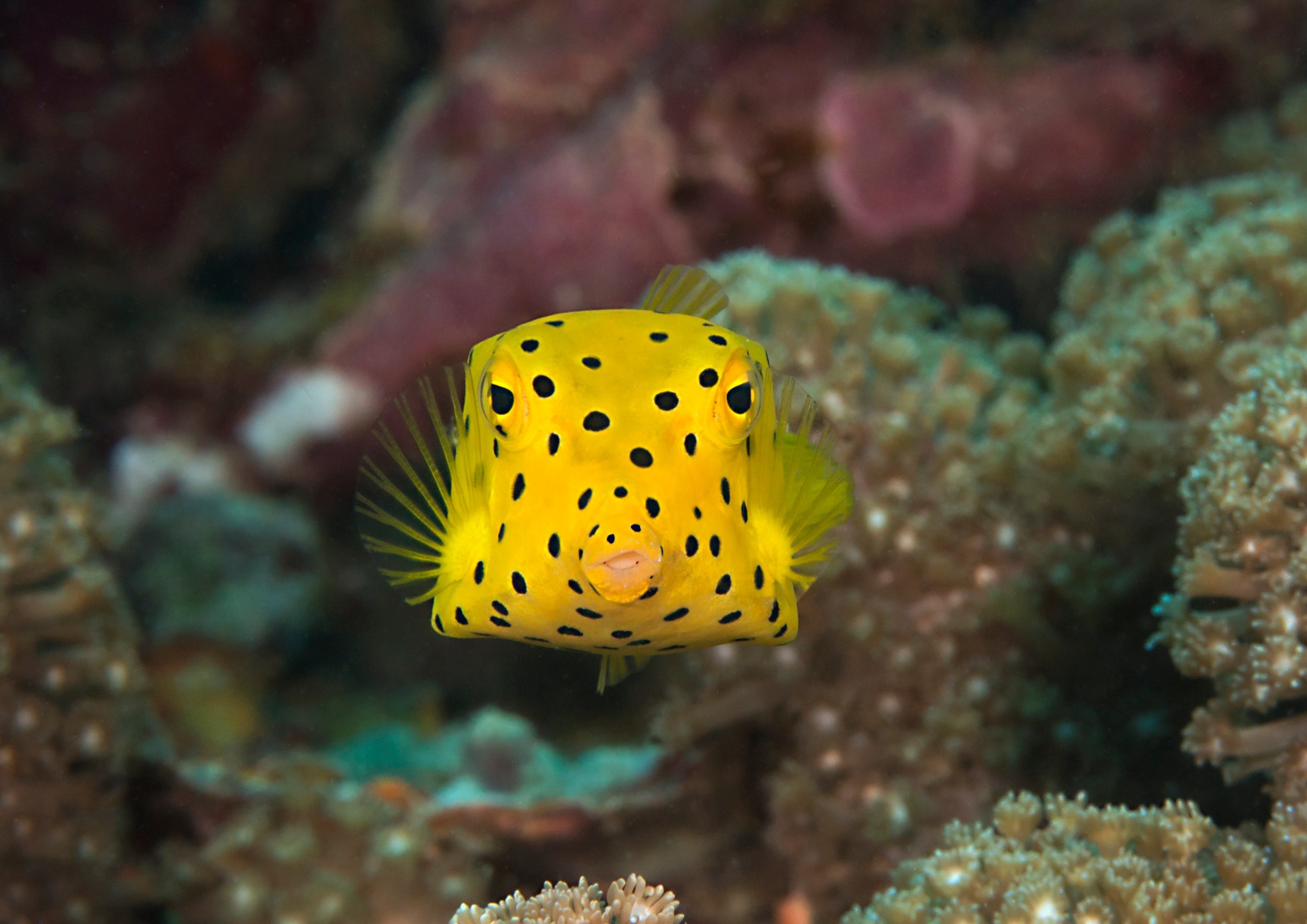
How the world’s squarest fish gets around
The yellow boxfish doesn’t look nimble. Squat and rectangular, it resembles a plastic storage bin with fins. Even its colouring suggests clumsiness – juveniles are hard hat yellow with black spots, as if to say “coming through”.
But on a coral reef, you’ll find these cuboid creatures darting in and out of tight spaces, snatching shrimp from crevices and cornering like BMX champs. The combination of their body plan and swimming style “really boggles the mind”, says Pim Boute, a doctoral candidate at Wageningen University in the Netherlands.
It has also inspired decades of research into how they manage to move with such agility. The latest foray, carried out by Boute and colleagues when he was a master’s student at the University of Groningen and published in Royal Society Open Science, lays out the role of one understudied element: the fish’s tail fin.
Most fish, from minnows to sharks, have pliant bodies, which they undulate to move through the water. But boxfish sport a set of hard, bony plates, called a carapace. The carapace acts like a suit of armour – protecting them against predators, but restricting their flexibility. So if they want to move, “they can only use their fins,” Boute says. It also gives them their strange shapes: other boxfish species look like purses, frisbees or ottomans.
In 2015, a group of researchers, including Boute’s two co-authors, published a study suggesting that these carapaces make the bodies of some boxfish species inherently unstable in the water. (Other studies have come to the opposite conclusion, saying that ridges on the carapace actually help with stability.)
If that’s the case, the fins not only propel and steer the fish but steady it, too, Boute says. Based on previous studies, as well as his own underwater observations, he figures the tail fin is “quite important” for modulating yaw – swerving motions that occur in the horizontal plane. (When a car hits black ice and fishtails, for example, it’s experiencing yaw.)
To test this theory, Boute and colleagues used three-dimensional plastic models of finless yellow boxfish. (Such stand-ins are common in this type of study, he says, because it’s difficult to measure forces acting on a live fish.) They placed each model in a tank, on a rod that kept it in place, and sent water rushing past it – as though it were swimming – while a sensor measured the rotational force the fake fish experienced.
They did this repeatedly, each time changing the angle of the boxfish to the water flow. They then put the models through the same tests, but added a tail fin. They tried the fin in both open and closed positions – when a yellow boxfish tail fans out, it more than doubles in size – and in a series of postures, from sticking straight out to kinked right or left.
The researchers found that without a tail fin, the boxfish is at the mercy of the water flow: had it not been attached to a rod, it would have been nudged left or right. But an open tail fin stabilised the fish, no matter how the body was angled. A closed tail fin had a subtler effect, counteracting the influence of the oncoming water to varying degrees depending on the fish’s position. The force measurements also indicated that when the tail turned, the fish would turn, too.
This suggests that by opening, closing and turning its tail fin, the boxfish can “control the unstable system that is the body” – leaning into some turns and course-correcting others, depending on where it wants to go, Boute says.
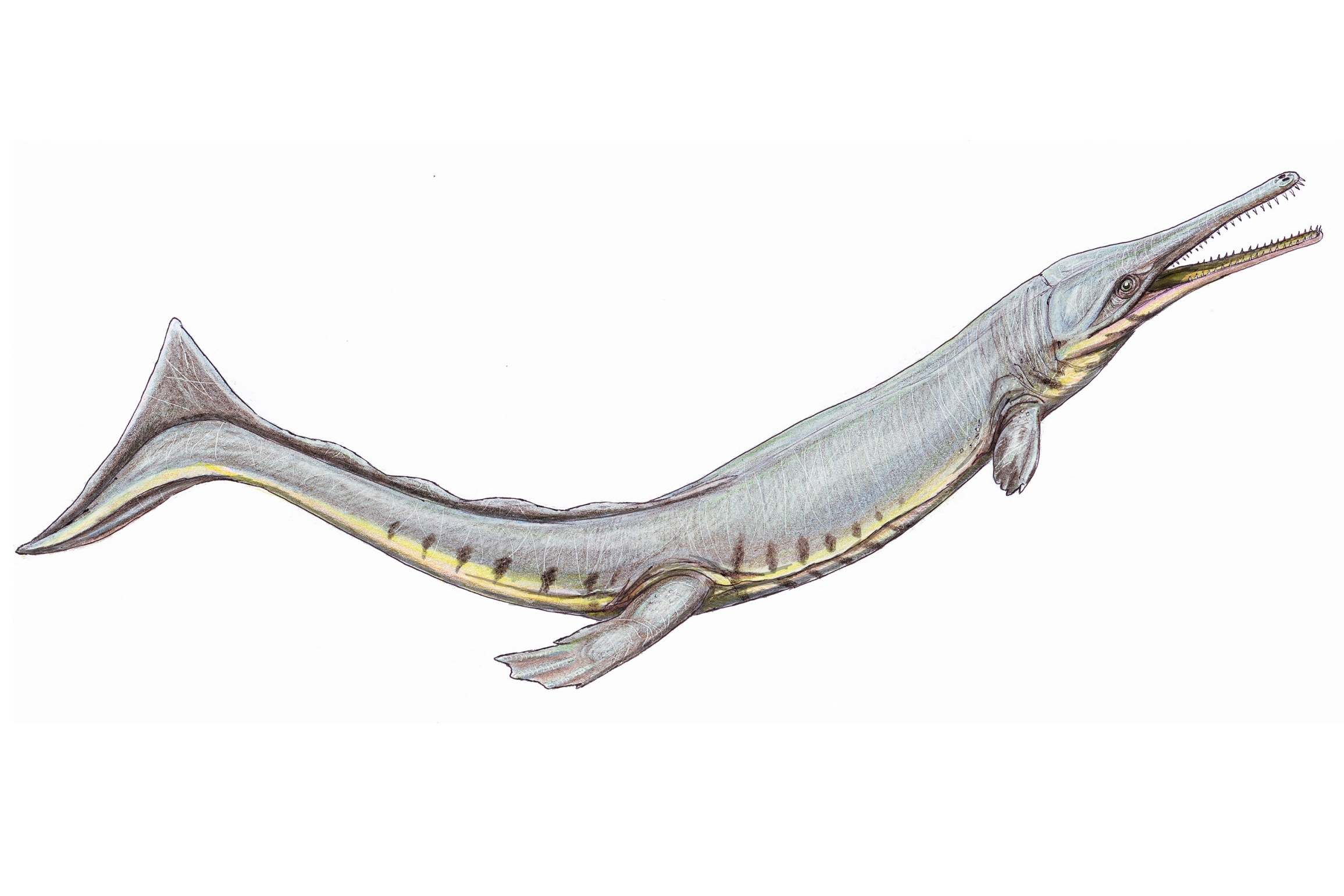
When crocodiles once dived like dolphins and whales
Some 400 million years ago, animals emerged from the ocean for the first time and began to thrive on land. But after eons of evolutionary experimentation, some lineages peaced out of the terrestrial world and embraced a full-time life at sea again. While whales and dolphins are among the best known marine creatures to follow this path, it turns out some ancient relatives of modern crocodiles, called thalattosuchians, took the same aquatic turn while dinosaurs roamed the planet.
According to a study published in the Proceedings of the National Academy of Sciences, these predatory crocodilians are the only archosaurs – the group that also includes birds and dinosaurs – known to have shifted from land to a lifestyle spent always in the ocean.
Thalattosuchian fossils are scattered across the world, and the researchers believe their transition from land to sea began about 182 million years ago. While they likely breathed through their noses rather than blowholes, these Jurassic animals eventually evolved to have smooth skin and body shapes reminiscent of whales and dolphins today.
To reach this finding, Julia Schwab, a doctoral student in palaeontology at the University of Edinburgh who led the study, and her colleagues focused on crocodilian sensory systems. They examined the rigid structure of the inner ear called the bony labyrinth. The inner ear moderates balance and equilibrium, making it “one of the most important sensory organs”, Schwab says. “You can tell a lot, looking at the shape of the inner ear, about the environment in which an animal lived.”
The team used computed tomography to analyse the bony labyrinths of 18 extinct reptiles and 14 modern relatives. The results revealed that thalattosuchians evolved thicker ear canals and a more compact labyrinth as they strayed from land, perhaps to adapt to pressure differences in the water.
“Some of them lived in coastal lagoonal areas”, where the water is relatively shallow, Schwab says.
“But there’s evidence that some of them were possibly deep divers,” she adds. “They were perfectly adapted for life in the open ocean.”
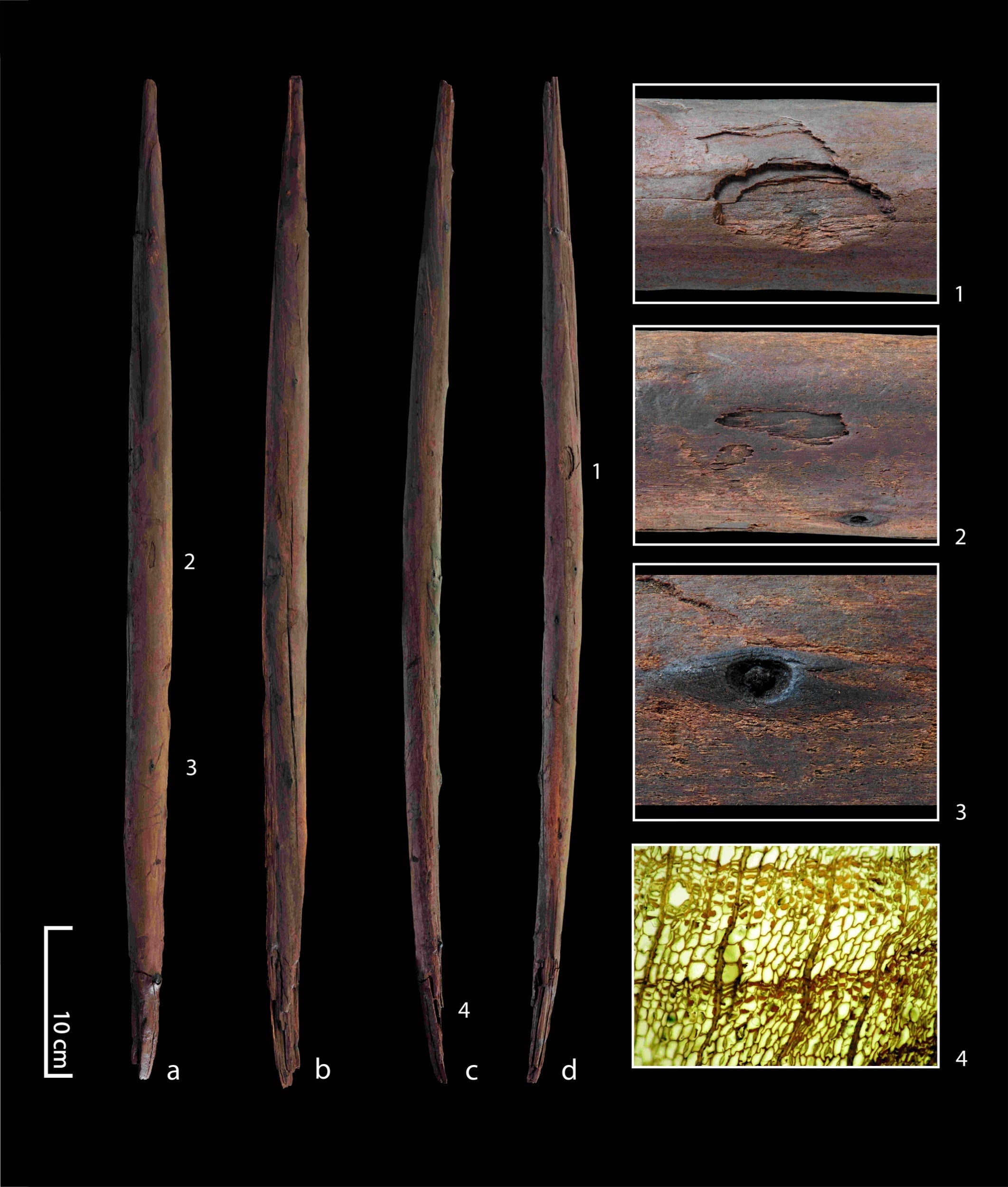
A short, pointy, 300,000-year-old clue to our ancestors’ hunting prowess
What’s so special about a 300,000-year-old stick stuck in the muck?
“It’s a stick, sure,” says Jordi Serangeli, an archaeologist from the University of Tubingen in Germany. But to dismiss it as such, he adds, would be like calling Neil Armstrong’s first step on the moon “only dirt with a print”.
That’s because the short, pointed piece of wood his team found in Schoningen, Germany, in 2016 may be the newest addition to the hunting arsenal used by extinct human ancestors during the Middle Pleistocene. It was probably a throwing stick that was hurled like a non-returning boomerang, spinning through the air before striking birds, rabbits or other prey.
Along with thrusting spears and javelins, it is the third class of wooden weapon discovered at the waterlogged site, occupied by either Neanderthals or their heavy-browed ancestors, Homo heidelbergensis.
When the Schoningen spears were discovered in 1995, they pierced the debate over whether our early human relatives in Europe were simple scavengers incapable of crafting hunting tools. The throwing stick discovery adds to evidence that early hominins in our lineage were intelligent enough to prepare weapons and communicate together to topple prey. The paper is published in Nature Ecology & Evolution.
“We can show that already 300,000 years ago, not only are these late Homo heidelbergensis or very early Neanderthals at the top of the food chain,” says Nicholas Conard, an archaeologist at the university, “but they also have a whole range of important technological skills they can use to make sure they can feed themselves and lead their lives.”
Annemieke Milks, a paleoarchaeologist from UCL who was not involved with the study, says the finding “helps us to build a picture of the diversity of hunting technologies available to Eurasian Middle Pleistocene hominins”.
© The New York Times
Join our commenting forum
Join thought-provoking conversations, follow other Independent readers and see their replies
Comments